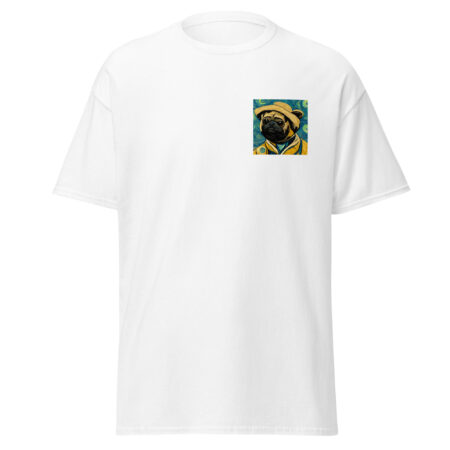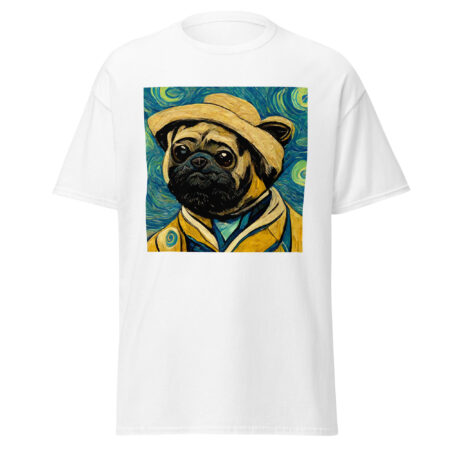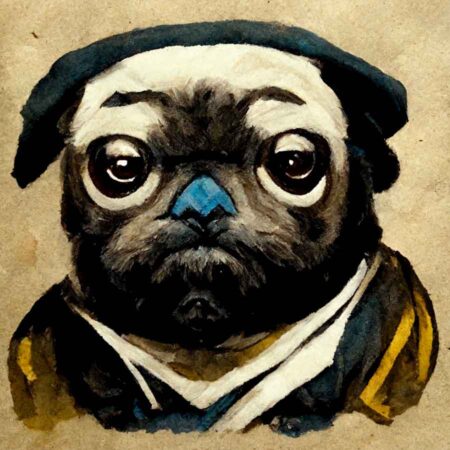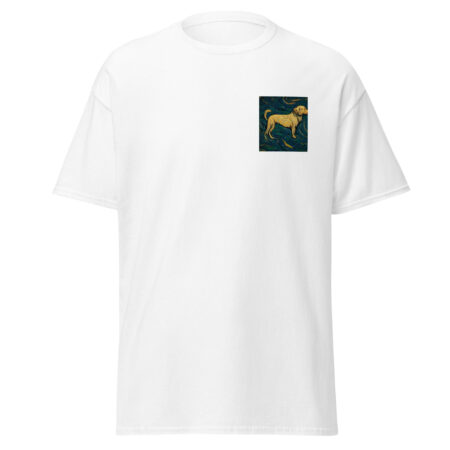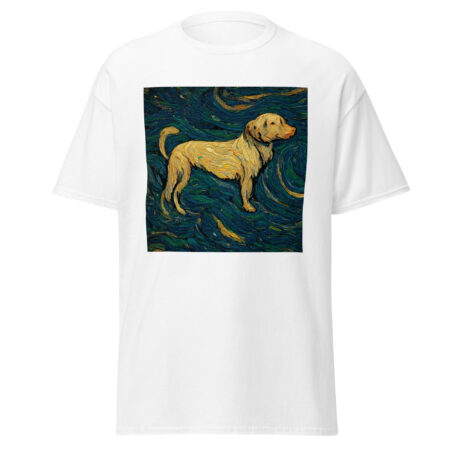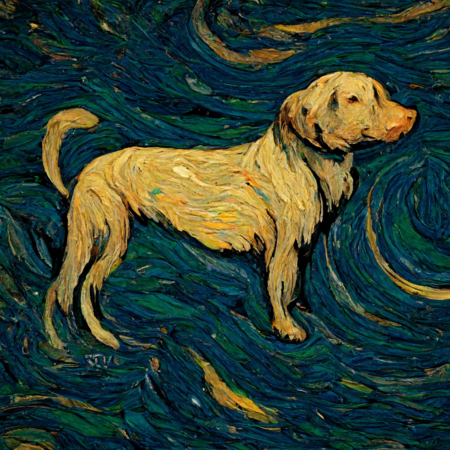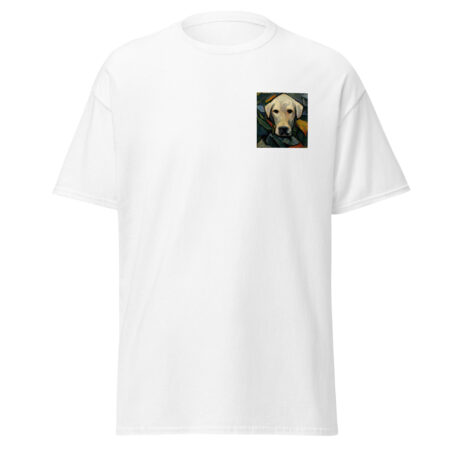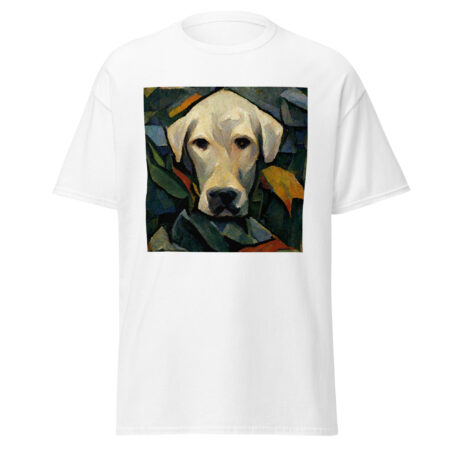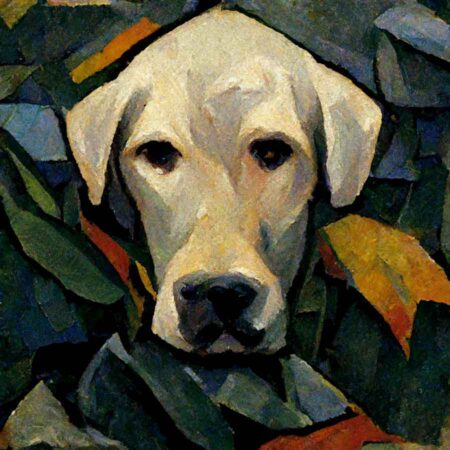Japanese art encompasses various artistic styles and media, including ancient pottery, sculpture, ink painting, calligraphy on silk and paper, ukiyo-e paintings and woodblock prints, and more recently, manga and anime. Here are three key things to know about Japanese art:
Japanese art is influenced by a range of cultural traditions
Japanese art is the product of a unique and rich cultural heritage, blending elements of traditional Asian art with influences from other parts of the world. The earliest art in Japan dates back to the Jōmon period (10,000-300 BCE) when the first settlers began to create decorated pottery. Over the centuries, Japan has been influenced by a range of artistic traditions, including Chinese and Korean art, as well as more contemporary Western styles.
Art From Japan Is Known For Its Refined Aesthetics
Japanese art is known for its elegance, refinement, and attention to detail. From the delicate brushstrokes of ink painting to the intricate patterns of kimono fabrics, Japanese art is characterized by meticulous attention to aesthetic beauty. A distinctive feature of Japanese art is negative space, which adds a sense of calmness and balance to the composition.
Japanese Art Has A Unique Character
Despite the many changes and influences that shaped Japanese art over the centuries, it has retained its distinctive character and continues to be recognized for its beauty and sophistication. In the modern era, Japanese art has evolved to include new forms and media, such as manga and anime, which have become popular worldwide. However, traditional art forms, such as calligraphy and ink painting, remain highly valued and continue to be practiced today.
Who Are The Most Famous Japanese Artists?
Many famous Japanese artists have made significant contributions to the world of art. Some of the most notable include:
Katsushika Hokusai – known for his ukiyo-e prints, including The Great Wave off Kanagawa;
Yayoi Kusama – known for her polka dot-covered installations and sculptures; and
Takashi Murakami – has a distinctive style and has experimented with a colorful and playful pop art style.
Other famous Japanese artists include Utagawa Hiroshige, who was a master of ukiyo-e landscape prints; Kazimir Malevich, who was an early pioneer of abstract art; and Isamu Noguchi, who was a sculptor and designer known for his minimalist works. These are just a few examples of the many talented Japanese artists who have made their mark on the art world.
